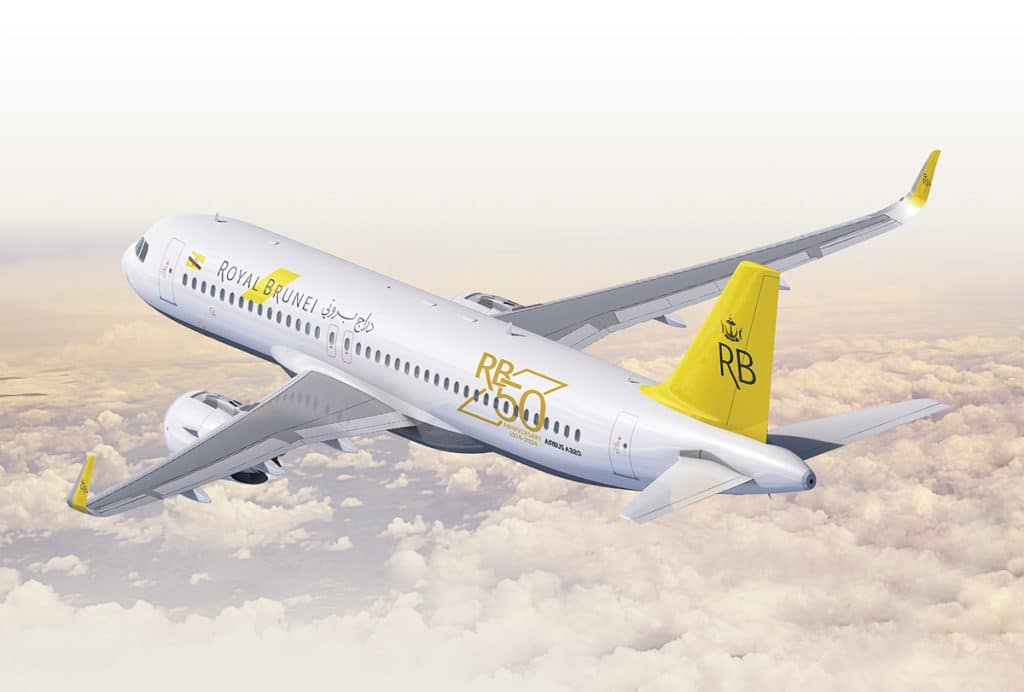Operational Tempo of Special Forces Requires Faster Innovation and Acquisition

In recent years, expanding operations against Islamic militants have made the U.S. military’s Special Operations Command (SOCOM) increasingly important to ongoing national security. To better support counterterrorism efforts, SOCOM commanders want to tear down any impediment to putting the best technology in the hands of the warfighter.
“My goal is to simplify the process so anybody with an idea can help SOCOM,” James F. Geurts, acquisition executive for U.S. Special Operations Command, told National Defense magazine earlier this month. “We see the acceleration of technology development and new inventions from our industry partners. My job is how to tie all those together, stay very close to the operational customers and closely tied to the inventors, engineers, entrepreneurs and folks with bright ideas.”
One area of focus is being able to use lightweight unmanned aerial systems (UAS) that can be launched from the field without need of a runway. Because these UAS have small antennas requiring high-powered satellite signals, platforms such as Intelsat’s EpicNG spacecraft could provide the support needed for these SOCOM operations.
SOCOM has grown substantially over the past eight years. The number of active personnel has increased from roughly 56,000 in 2009 to 70,000 at the end of 2016, and the budget has jumped from $6 billion to $11 billion. Geurts, who manages a team of approximately 600 procurement officers, engineers and researchers, is quoted by National Defense as saying he “continues to see an exponential acceleration of requirements in almost every dimension.”
Geurts has created an internal group called the office of “acquisition agility.” This office is tasked with finding innovative technology that can solve an immediate SOCOM need, such as using the smaller UAS.
“The commercial market drives miniaturization. I have systems that take runways and large crews to support. That can be a limiting factor,” Geurts said in the article. “I think you’ll see us focusing on smaller, runway-independent, man-portable surveillance systems, with miniaturized sensors. So instead of a few expensive systems, we’ll have more, affordable systems.”
The new Intelsat EpicNG satellite platform could play a role in this. Last year Intelsat General demonstrated unprecedented performance in sending signals to and from a high-throughput EpicNG satellite using a small, flat-panel antenna designed for aeronautical applications by Gilat Satellite Networks Ltd. The tests were performed using Gilat’s BlackRay 71 airborne terminal, with its mechanically steered 6” by 6” flat panel array. Data was sent from the small antenna to the recently launched Intelsat 29e satellite at a rate of 3.9 Mbps with an efficiency of 0.26 bits/Hz.
This compares to an uplink rate of about 1.8 Mbps and efficiency of 0.09 bits/Hz achieved with a conventional Ku-band widebeam satellite. This link was effectively two times the rate and almost three times more efficient than traditional widebeam satellites. Combining this kind of portability with these new performance levels opens up a range of applications not just for SOCOM, but also for non-military applications, including search and rescue, infrastructure monitoring, forest fire suppression and agricultural monitoring.
The article also quotes retired Major General David Morris, an Army Special Forces veteran, as advising companies that wish to do business with SOCOM to enter into “cooperative research and development” agreements, so as to get an insider perspective on SOCOM needs. We agree, and think that this approach would better enable the U.S. government to take advantage of existing commercial capabilities, test and evolve new technologies, and enable more rapid transition from prototypes to operational systems.
Due to the nature of their operations, the situational awareness needs of SOCOM have always been the highest of any service. It’s not surprising that there is little tolerance for a Pentagon procurement system the National Defense article describes as “slow and cumbersome.”
SOCOM — and the DOD in general — can tap into the agility and innovation occurring within the commercial space industry. SOCOM has been a leader in this area, working to bring industry into the acquisition process to access better technology faster. Geurts says this is done so “both sides can get a sense of walking in each other’s shoes.” It’s helped SOCOM win six consecutive Pentagon awards for procurement excellence.
We hope this type of collaboration increases with other military, intelligence, and civil space stakeholders. Because the technological innovation SOCOM needs today is the technology other service warfighters will need tomorrow.






















